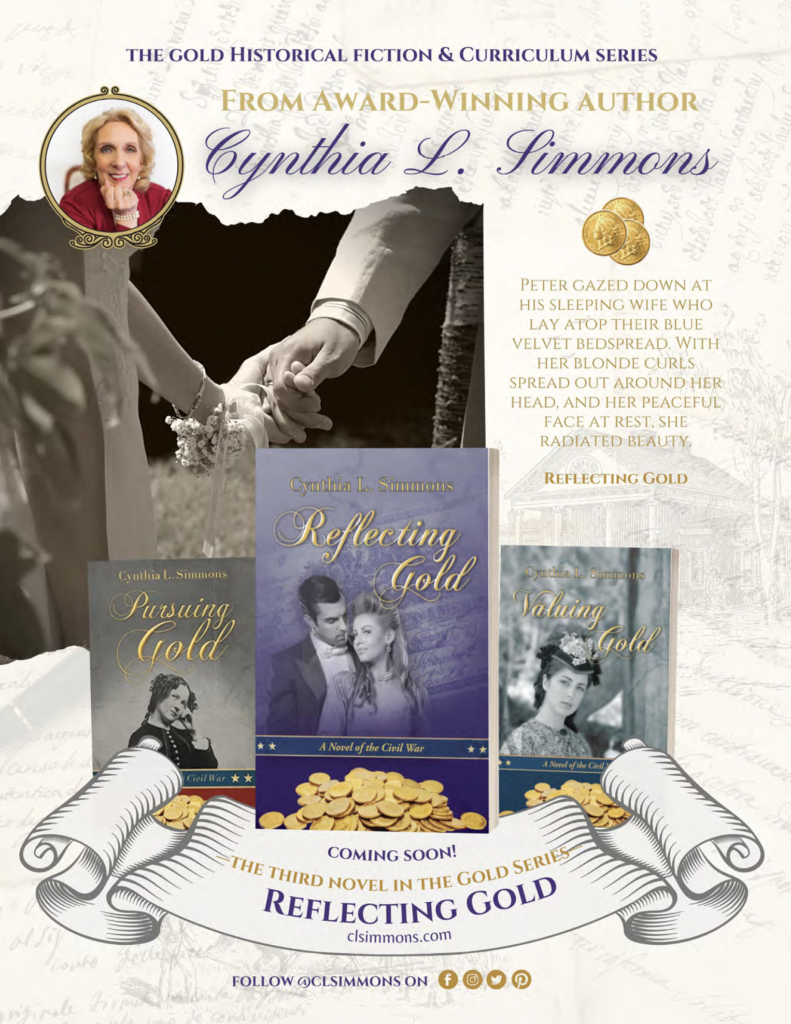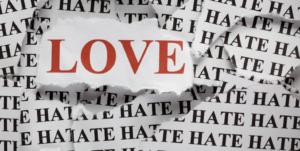
Over our lifespan, we have all been exposed in varying degrees to misinformation and stereotypes about people in different cultures whether it was intentional or subliminal.
As we have matured and been exposed to greater levels of truth through the Word, our education, and experience, some of us have questioned our miseducation; others have embraced it. However, we have chosen to process the information we have received, as we communicate, whether, through spoken or written word, our biases are revealed. The challenge now for speakers and authors is to realize that the people for whom we have developed stereotypes may be our audience. The question becomes, how do we effectively communicate with authenticity and sensitivity in a way that allows others to know that if we don’t understand them, we want to?
In our endeavor to be culturally sensitive, many are reaching across the divide and seeking to build relationships as well as awareness.
Organizations and corporations are establishing programs and committees to address concerns for diversity. It is a blessing to be part of the AWSA organization which provides cutting-edge information. Attending conferences and reading news alerts, posts, the magazine, and other forms of communication that are designed for professional and personal development are so important. We have access to the Who’s Who of female Christian authors and speakers. We have a community of leaders and world changers that have impacted positively the way our industry is shaped.
At our recent AWSA Arise Esther conference, a panel was held where I was privileged to share alongside Dr. Saundra Dalton-Smith, Babbie Mason, Dawn Scott Damon, Yolanda Powell, Rosalinda Rivera, Linda Evans Shepherd and Edwina Perkins. We addressed the issue of racial relations and sensitivity reading in publications. Prior to our conference, I did not think much about the relationship between racial concerns and sensitivity readers. I don’t even know if I had heard the term said aloud. Yet I was assigned on the panel to answer the question: What is a sensitivity reader, and how do they impact diversity and inclusion?
I started by securing a definition. A sensitivity reader: reviews manuscripts before going to press to ensure that the stories are told accurately, helps to eliminate typecasting and stereotypes, works with the author or the publisher to point out blind spots of cultural insensitivity that the author or editor may have missed, helps to ensure that you don’t alienate or offend the very people that you’re trying to reach or represent, and is there to help, not hinder.
There are many great benefits to having a sensitivity reader. If this is the case, then why is there such controversy regarding it?
One of the concerns that authors have is censorship. The concern that the author’s voice will be lost; that their flare and style of writing will be changed, or the emphasis being made will be cut in the edits. Censorship means to examine on order to suppress or delete anything considered objectionable or offensive. The thought of censorship is also controversial. We may feel as though Big Brother is hovering over us and we must demand our rights to freedom of speech and the press as outlined in the First Amendment.
Sensitivity readers are not new. They are what we used to refer to as subject matter experts. Their area of expertise just happens to be race, religion, gender, sexuality, and issues of appropriate representation. It was not unusual for people to use subject matter experts when they were writing about a field for which they had limited or no knowledge. To help give your story authenticity and depth, you would often consult the people in that field or profession for which you were writing about. For example, police officers, mechanics, artists or homemakers. Focus groups would even be held to gather data to help ensure authenticity.
Even well-known book series like Dr. Seuss have invested in sensitivity readers over the years and continue to monitor their work.
One week after the AWSA Arise Esther conference, The New York Times and the US News released articles stating that six Dr. Seuss books were being pulled from publication and circulation due to racist imagery. If I did not understand the value of monitoring one’s work, I would’ve thought this was going too far. Dr. Seuss is well-loved by adults and children. What could possibly be wrong with his books?
On the 117th anniversary of Theodor Giselle’s birthday (Dr. Seuss’ real name), the company formed to preserve his legacy identified six books from over 60 classics that were pulled from publication because they contained images of Asian and Black people that incorporate negative stereotypes. Children learn at an early age to discriminate based on what they have been taught. The announcement coincided with the National Education Association’s Read Across America Day. The concern over these images had been raised in the past by parents and librarians.
The people spoke. The Dr. Seuss Foundation knew it was not a joke. Those books have been canceled, and it’s not a hoax.
Having a sensitivity reader is important. They catch what we often miss. We often don’t see misrepresentation because we don’t intend any harm. It can be easy to see sensitivity readers as part of the new cancel culture. The culture that wants everything questioned and sanctioned. It is sometimes hard to hear the truth or to see it in print.
Everyone wants to be represented well or at least accurately. Life in some areas and communities or cultures is hard. It’s tragic. But it’s even worse to have that story told without compassion or concern for the reader and clarity for context.
When I now think about sensitivity readers, I recall the Scripture in Ephesians 4:29.
Let no corrupt communication proceed out of your mouth, but that which is good to the use of edifying, that it may minister grace unto the hearers. KJV





